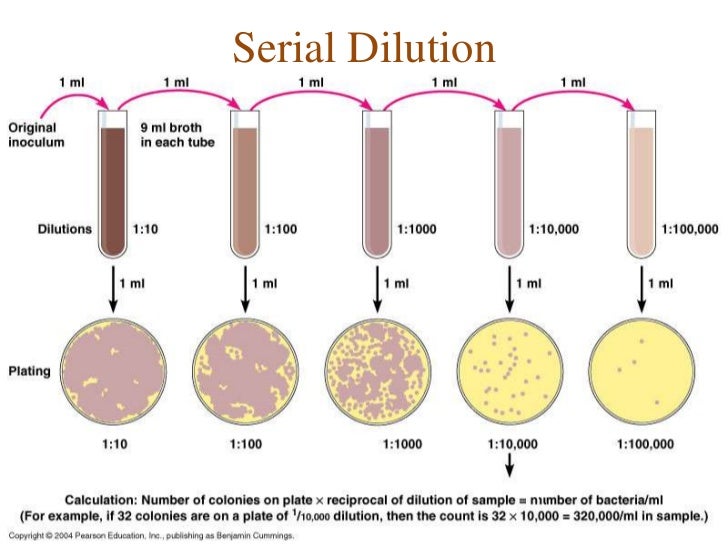Simple Serial Dilution Calculation
Serial dilution calculator For many quantification assays, a set of standards must be run alongside test samples in order to calibrate an experiment properly. These standards are used to create what is known as a calibration curve, or standard curve.
A dilution solution contains solute (or stock solution) and a solvent (called diluent). These two components proportionally combine to create a dilution. You can identify a dilution solution by the amount of solute in the total volume, expressed as a proportion. For example, a chemical may be prepared in a 1:10 dilution of alcohol, indicating that a 10 mL bottle contains one milliliter of chemical and nine milliliters of alcohol. Symbolmt font mac osx. You can calculate the necessary volume of each component to prepare a dilution solution.
Resource Materials: Making Simple Solutions and Dilutions 1. Simple Dilution (Dilution Factor Method based on ratios) A simple dilution is one in which a unit volume of a liquid material of interest is combined with an appropriate volume of a solvent liquid to achieve the desired concentration. The dilution factor is the total number of unit volumes in which your material will be dissolved. The diluted material must then be thoroughly mixed to achieve the true dilution.
For example, a 1:5 dilution (verbalize as '1 to 5' dilution) entails combining 1 unit volume of solute (the material to be diluted) + 4 unit volumes of the solvent medium (hence, 1 + 4 = 5 = dilution factor). The dilution factor is frequently expressed using exponents: 1:5 would be 5e-1; 1:100 would be 10e-2, and so on. Example 1: Frozen orange juice concentrate is usually diluted with 4 additional cans of cold water (the dilution solvent) giving a dilution factor of 5, i.e., the orange concentrate represents one unit volume to which you have added 4 more cans (same unit volumes) of water. So the orange concentrate is now distributed through 5 unit volumes. This would be called a 1:5 dilution, and the OJ is now 1/5 as concentrated as it was originally. So, in a simple dilution, add one less unit volume of solvent than the desired dilution factor value.

Example 2: Suppose you must prepare 400 ml of a disinfectant that requires 1:8 dilution from a concentrated stock solution with water. Divide the volume needed by the dilution factor (400 ml / 8 = 50 ml) to determine the unit volume.
The dilution is then done as 50 ml concentrated disinfectant + 350 ml water. Serial Dilution A serial dilution is simply a series of simple dilutions which amplifies the dilution factor quickly beginning with a small initial quantity of material (i.e., bacterial culture, a chemical, orange juice, etc.). The source of dilution material (solute) for each step comes from the diluted material of the previous dilution step. In a serial dilution the total dilution factor at any point is the product of the individual dilution factors in each step leading up to it.
